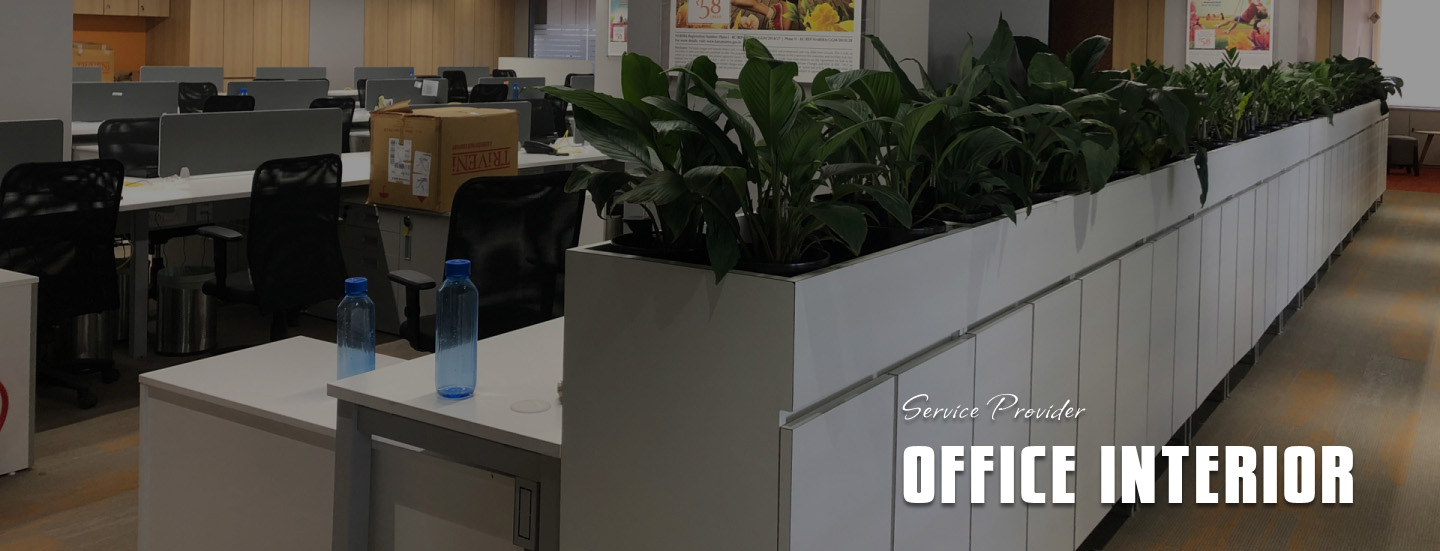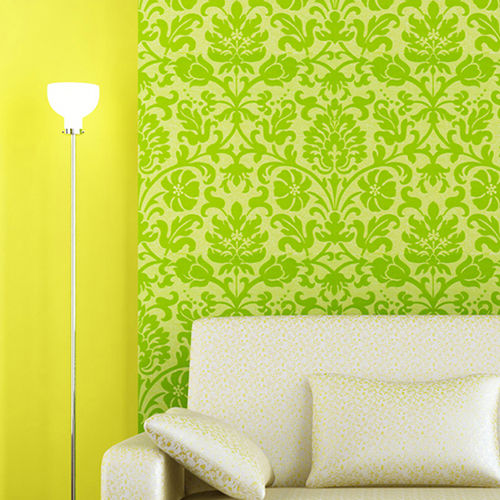Home Painting Services
Product Details:
Product Description
Home painting services involve professional painting of both the interior and exterior surfaces of residential properties. These services typically include surface preparation, priming, painting, and final touch-ups, all aimed at improving the aesthetics, durability, and value of a home. Professional home painters use a variety of tools, techniques, and high-quality paints to ensure a smooth and long-lasting finish.
Interior painting services cover painting walls, ceilings, trim, and other decorative elements, while exterior painting focuses on walls, doors, fences, and other outdoor surfaces. Home painting services also often offer color consultations, texture options, and specialty finishes such as matte, glossy, or textured effects. These services are designed to cater to a wide range of preferences, from modern, vibrant color schemes to more traditional or subtle looks.
In addition to improving the appearance of a home, painting services can help protect surfaces from environmental factors like moisture, sunlight, and wear, increasing the longevity of the materials. Professional painters ensure that the job is done efficiently, safely, and with minimal disruption to homeowners.
FAQs About Home Painting Services
1. What is included in professional home painting services?
- Home painting services typically include surface preparation (cleaning, sanding, and patching), priming, painting, and applying final coats. Some services also offer color consultation, texture applications, and cleanup after the job.
2. How should I prepare my home before painting starts?
- Homeowners should remove or cover furniture, fixtures, and valuables. If possible, declutter the painting areas and ensure there is enough ventilation. Professional painters usually take care of additional preparation, such as covering floors and taping edges.
3. How long does a home painting project take?
- The time frame depends on the size of the home, the number of rooms being painted, the complexity of the job, and whether its interior or exterior painting. A single room may take one to two days, while larger projects can take a week or more.
4. What type of paint is best for home interiors?
- The type of paint depends on the finish you prefer. Common options include matte, satin, eggshell, semi-gloss, and high-gloss paints. Matte finishes are great for low-traffic areas, while gloss finishes are more durable and easy to clean, making them ideal for kitchens and bathrooms.
5. How often should I repaint my home?
- Interior walls generally need repainting every 5-7 years, while exterior surfaces may require painting every 5-10 years, depending on weather conditions, the quality of the previous paint job, and wear and tear.
6. How do I choose the right colors for my home?
- Many painting services offer color consultation to help homeowners choose the right shades based on their preferences, style, lighting, and existing decor. You can also test samples on your walls to see how they look in different lighting.
7. What is the difference between interior and exterior paints?
- Exterior paints are formulated to withstand environmental conditions like UV rays, rain, and temperature changes. They are more durable and resistant to fading. Interior paints focus on aesthetics, ease of cleaning, and lower levels of fumes, making them suitable for indoor use.
8. Can home painting services remove old wallpaper before painting?
- Yes, many professional painters offer wallpaper removal services as part of the preparation process. Removing wallpaper ensures a smooth surface for painting and prevents peeling or uneven textures later.
9. How much does home painting typically cost?
- The cost of painting depends on several factors, including the size of the home, the number of rooms, the type of paint used, and the complexity of the project. Most contractors provide an estimate based on square footage and the scope of work.
10. Is it necessary to prime surfaces before painting?
- Yes, priming is often necessary, especially on new, porous, or heavily stained surfaces. Primer helps paint adhere better, provides a uniform finish, and enhances paint durability. However, some paints include primer as part of their formulation, reducing the need for a separate primer.
11. How do I maintain my painted walls?
- Regular dusting and gentle cleaning with a damp cloth can help maintain painted walls. Avoid using harsh chemicals or scrubbing, which can damage the finish. High-gloss and semi-gloss finishes are easier to clean and more durable.
12. Are there eco-friendly or low-VOC paints available
- Yes, many painting companies offer eco-friendly and low-VOC (volatile organic compound) paints that reduce harmful fumes and environmental impact. These are ideal for improving indoor air quality and are especially recommended for homes with children, pets, or individuals with respiratory concerns.
13. What if Im unhappy with the final color or finish
- Many professional painters will work with you to make adjustments or corrections if you are unhappy with the result. It's important to communicate any concerns early in the process to ensure your satisfaction.
14. Can I stay in my home while its being painted
- In most cases, you can stay in your home, especially if only one area is being painted at a time. However, for extensive jobs or when strong-smelling paints are being used, it might be more comfortable to temporarily relocate.
15. What safety measures do painters take during the job
- Professional painting contractors ensure the use of proper protective gear, ensure proper ventilation when working indoors, and take steps to minimize risks such as spills, accidents, or exposure to harmful fumes. They also take care of proper cleanup and disposal of materials

Price:
- 50
- 100
- 200
- 250
- 500
- 1000+
 English
English Spanish
Spanish French
French German
German Italian
Italian Chinese (Simplified)
Chinese (Simplified) Japanese
Japanese Korean
Korean Arabic
Arabic Portuguese
Portuguese





